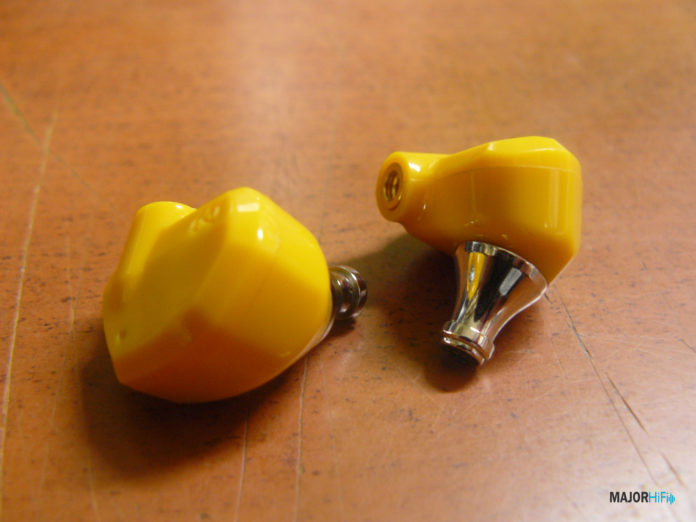It’s been a while since the last big release from Campfire Audio. The year 2020 saw the acclaimed manufacturer make some significant updates to popular models from their selection. Some of the most popular IEMs to come out that year were the Andromeda 2020 and the Solaris 2020. New items like the Ara also proved to be worthy additions to Campfire’s stacked library of IEMs. They also released new versions of the Dorado and Vega, and although they had their own unique sound, these models haven’t held up well against the competition.
Now it’s 2021 and Campfire has come out of the gate with an IEM I wasn’t expecting. Campfire Audio has its fair share of IEMs that don’t cost an extravagant amount of money, but nothing like what we’re seeing with the new Honeydew. This brand new model from Campfire will only cost you $249. There’s a lot to get into with the Honeydew so let’s jump right in.
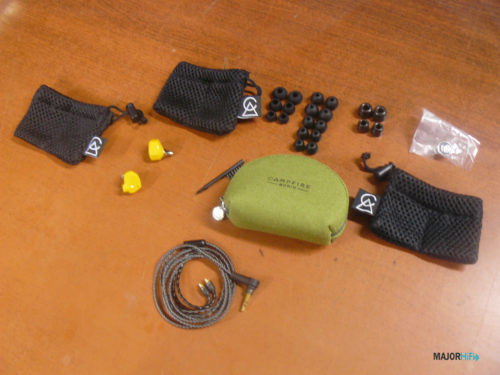
What You Get
If there’s one thing I missed about opening up a Campfire product for the first time, it’s take-out style packaging. Being familiar with their past releases, nothing was surprising about opening up the Honeydew for the first time. Inside the box, you’ll receive a nice canvas zipper case containing the earphones attached to its stock MMCX Litz cable. Other accessories include a cleaning tool and decorative pin. Other than the earphones, the main set of contents is the various ear tips you receive. Campfire includes a set of marshmallows and silicone tips, with bonus tips in various sizes.
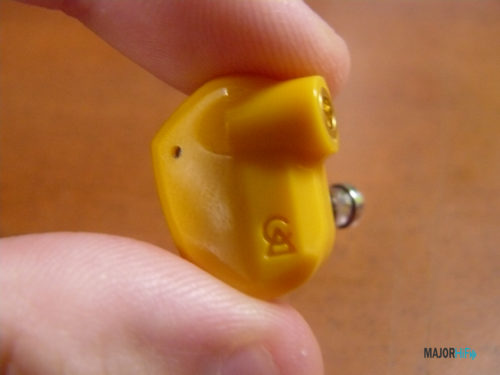
Look and Feel
Campfire introduces a new shell design with the Honeydew. This new shape is much smaller and more ergonomic than some of their previous models, and that might come as a relief to some. To me, these IEMs resemble a piece of hard candy, especially with its hard yellow shell that they call “mellow-yellow.” It’s a solid build that still uses the high-grade materials Campfire uses to make their more high-end IEMs. You’ll find the Honeydew sporting a stainless steel spout and custom beryllium MMCX connectors here, as well as many other interior elements. As for its fit, this is one of Campfire’s most easily comfortable IEMs in their library. Any ear tip will fit perfectly on the nozzle, and support the housing with tight security. The body of the Honeydew feels firm and never distracts from enjoying the sound.
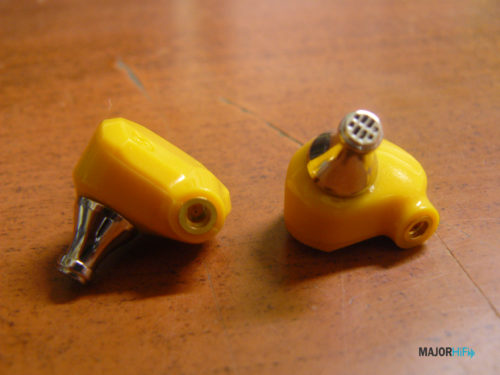
Design
Inside the 3D printed shell of the Honeydew, there’s a 10mm dynamic driver. Not much else is revealed about the inner components, but the cable used here is of some note. It’s a standard Litz cable, as is customary with Campfire products, except in a special variation. This “Smoky Lite” cable is made from silver-plated copper wire connectors in a smoky PVC jacket.
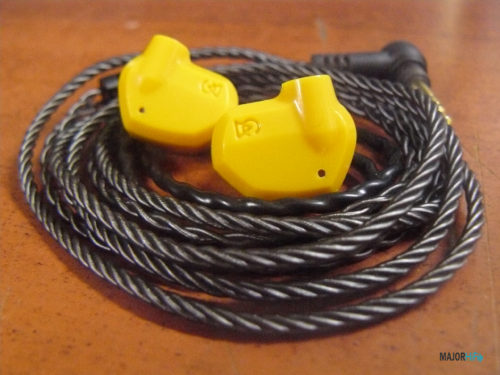
Output
For the most part, Campfire IEMs never have much trouble giving you a powerful/meaty signal. That’s never been more prevalent than on the Honeydew. I wasn’t expecting anything out of the ordinary from an IEM at this price range, but Campfire brings it all even with their more affordable selections. Expect the Honeydew’s to have a significant level of drive, but nothing out of control. Using a standard 3.5mm connector for a computer brought a sufficient gain that could be easily adjusted. There’s plenty of headroom here, so finding that sweet spot should prove an easy task.
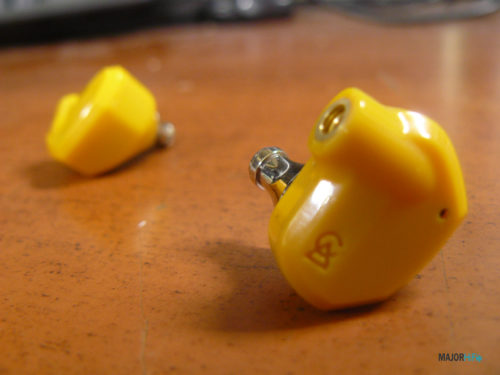
Soundstage
You can always expect some solid imaging when it comes to Campfire. Although I had reservations about how their style of sound signature would translate to a more consumer-friendly IEM, I can happily say that I’m satisfied with the Honeydew’s level of immersion here. The soundstage is adequately wide, but the most impressive part of it to me is its height. I usually expect these types of earphones to fall into a more narrow response, but the Honeydew excels in creating a more whole image that the music can properly occupy. Even with its darker timbre, the Honeydew isn’t afraid of extending itself a bit more outward. It might not have the same level of separation as their more high-end models, but the layering and spatial imaging are still well articulated.
The only aspect to the Honeydew’s soundstage that keeps it from being something more special is that darker tone. I understand this is the sound Campfire is going for, but a bit more clarity in some ranges makes all the difference. Nothing is entirely bleedy, but some of the sound elements could still use some more room to breathe. This is an IEM that sets out to do one thing, and the imaging and soundstage help communicate that well.
Low End
This is the main ingredient of the Honeydew’s sound signature. There’s a very strong bass presence here, and it helps shape the IEM’s darker tonality going forward. The lows are consistently resonant and impactful, creating a meaty response that emphasizes many different sound elements. You can feel every kick drum pounding in your throat, and every bass line dancing around in your jaw. When introducing the Honeydew, Campfire even stated that this was an IEM designed with hip-hop, electronic, and modern pop music in mind, and the timbre of the lows reflects that well.
Mids
There’s a stronger emphasis on the low-mids, making for a much darker timbre. There’s some added warmth here and some nice textural qualities, but the mid-bass can sometimes cloud the rest of the midrange frequencies. It’s a muddier tonality, but it seems to be by design which I can’t fault them too much for. In that sense, this is going to be a pickier IEM, only responding well to certain genres of music. Electronic music felt the most well adjusted for me, as synths appeared with great fullness, and vocals cut through the mix with much-needed clarity.
Highs
Most of the treble on the Honeydew shows little character outside of some shimmery details. However, some of its responses can become quite piercing at times, but I never found the tonality to fall into harshness. The highs remain digestible but somewhat dull in comparison to the rest of the frequency response. This is most likely the effect of having a much darker overall timbre, but is a bit of sparkle too much to ask for?
Summary
Overall, I think the Honeydew is well worth its price, especially if you’ve been meaning to purchase a Campfire product but maybe don’t have the cash for their more premium models. It’s picky to a fault though, so if you’re looking to listen to anything outside of a few specific genres, there might be some better options out there. The great impact of the bass, paired with the exceptional imagining is the only convincing you’ll need to check out the Honeydew.
Pros and Cons
Pros: Fit, Imaging, Bass impact, Consistently dark signature
Cons: Dull treble
The Campfire Audio Honeydew is available at Audio 46.
Compare the ranking of various headphones, earbuds and in-ear monitors using our tools.
Discuss this, and much more, over on our forum.
---MAJORHIFI may receive commissions from retail offers.


